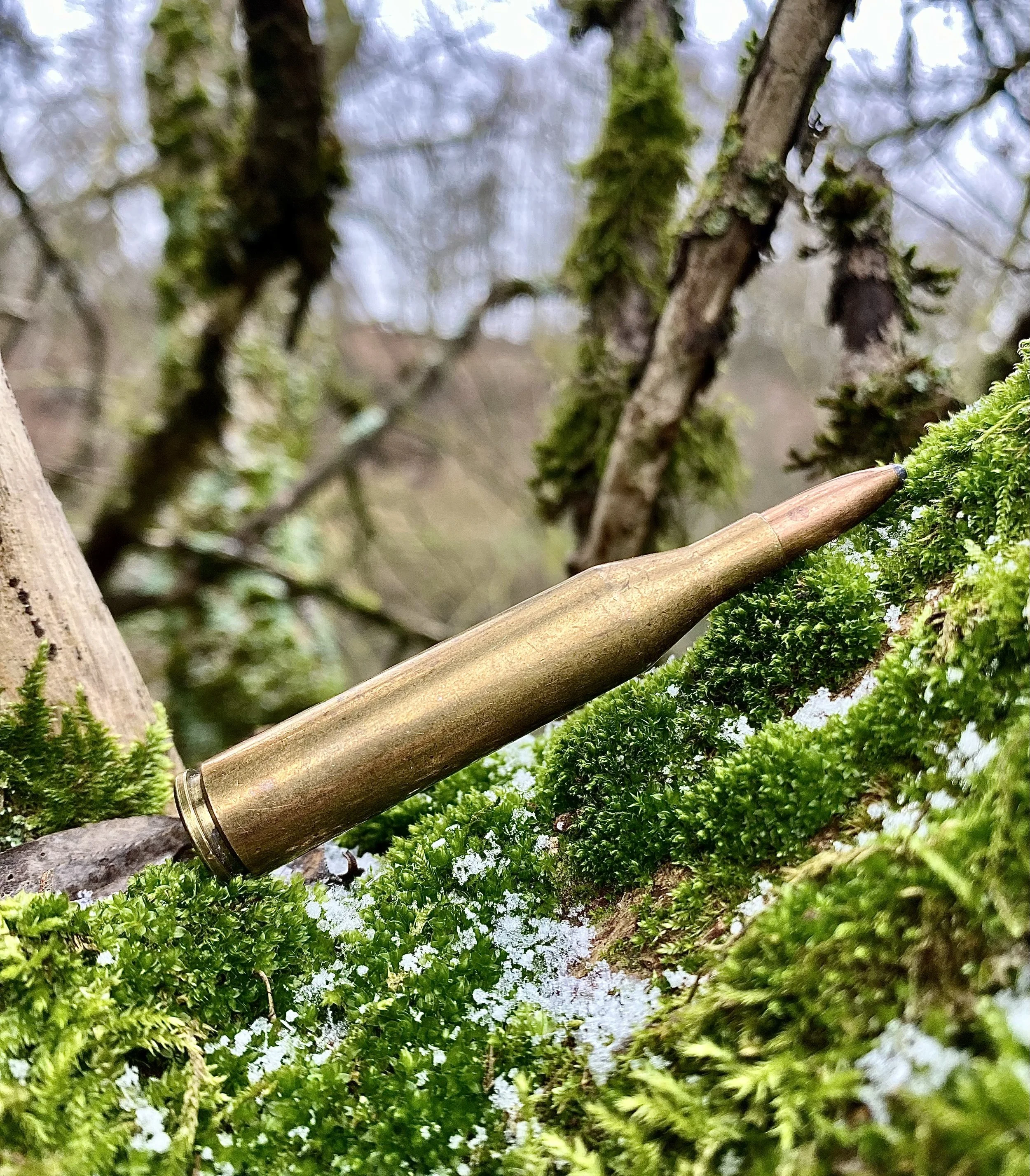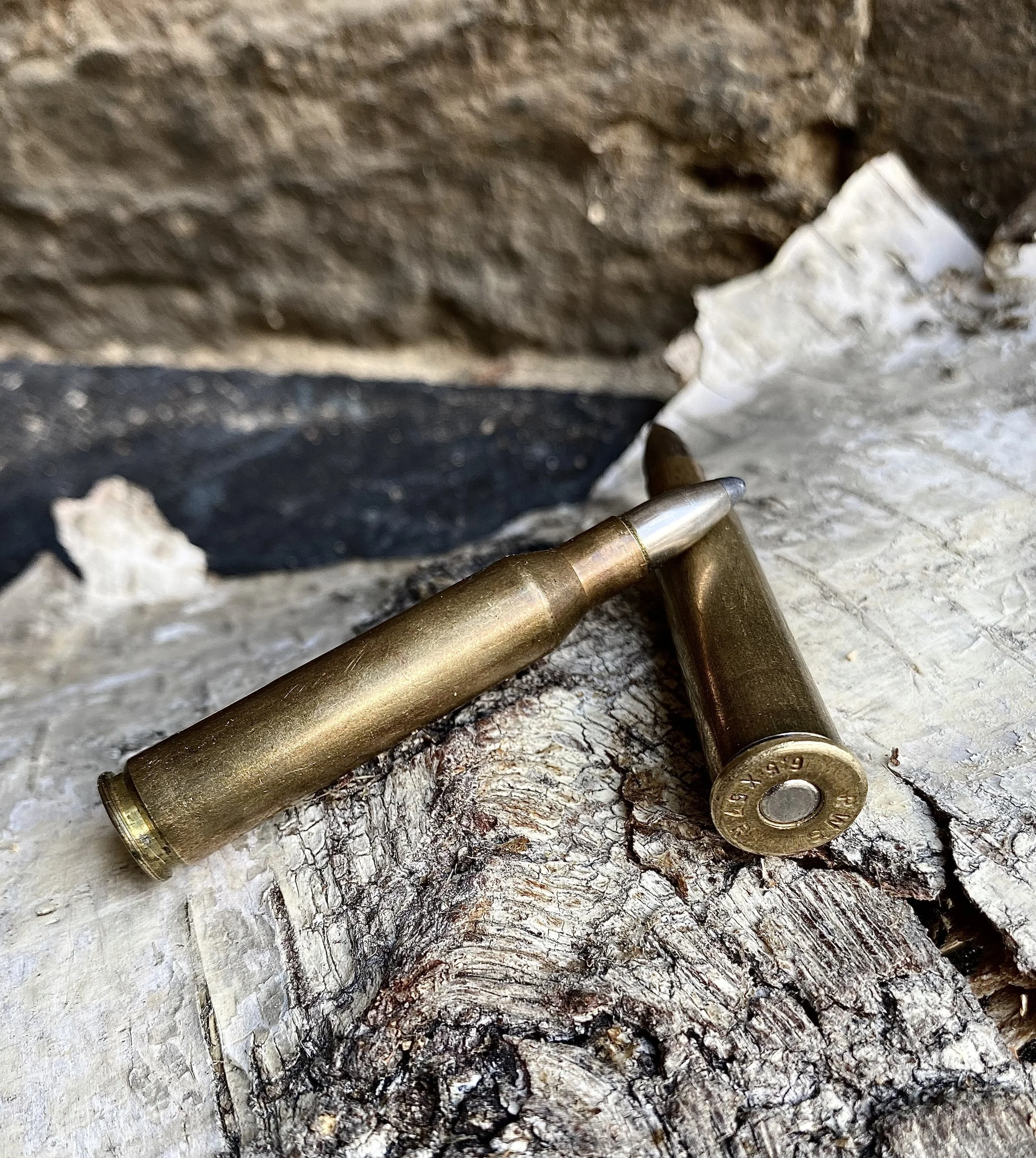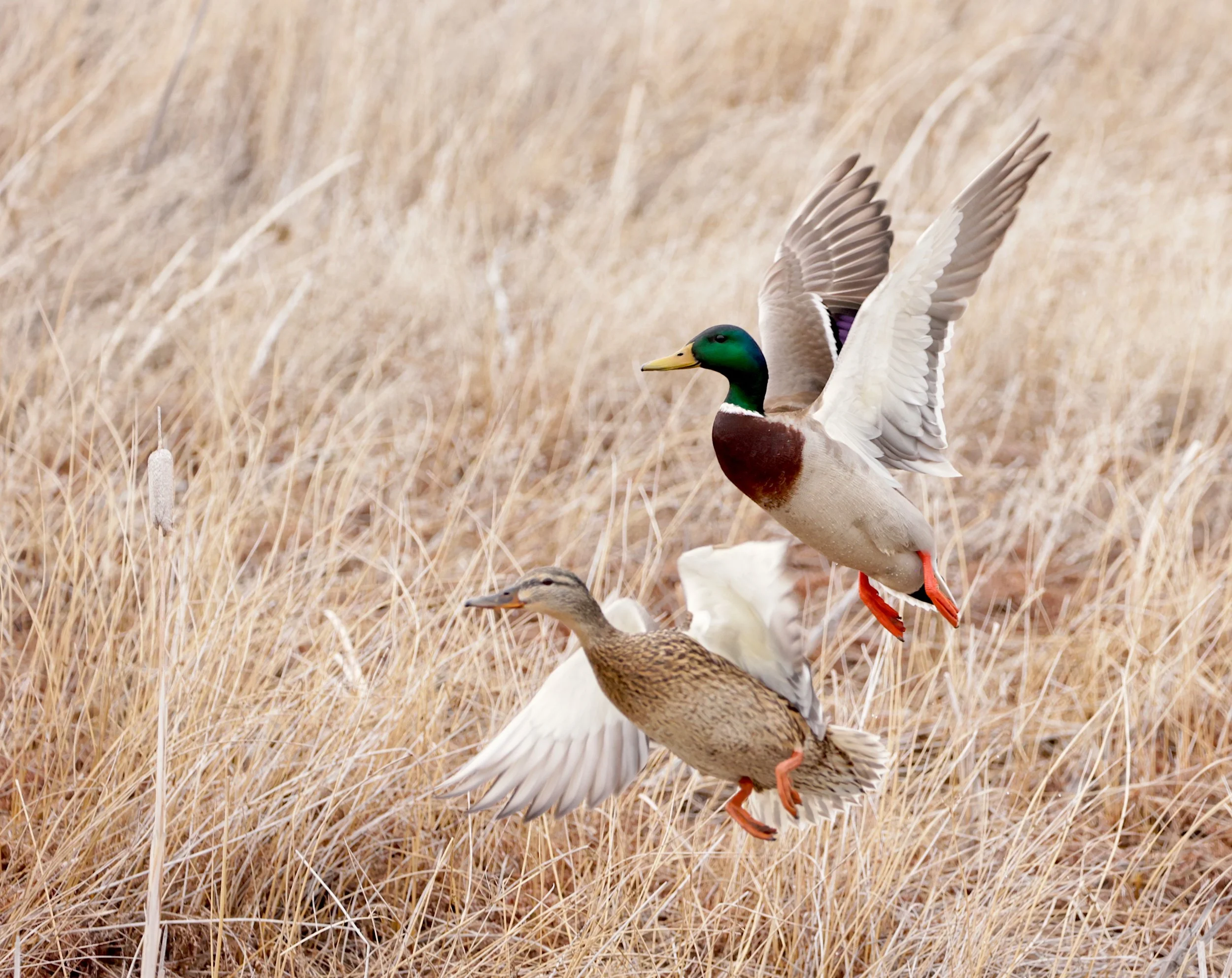The Sage Grouse Lives!
by Ron Spomer Cheyenne is happy. After 13 years, my black and white setter does not have to stop hunting sage grouse. Neither do I. Neither do you.The USFWS says our beloved sage hens do not have to be listed under the Endangered Species Act thanks to cooperative efforts among federal and state agencies, industry, ranchers and conservation groups. Habitat and protection programs underway for about a decade have already resulted in significant increases in the bird's populations and more is on the horizon. North America's biggest grouse once roamed about 300 million acres of sage-steppe habitat across 14 western states and three Canadian provinces. Today's habitat is down to 186 million acres, much of that severely degraded by 150 years of agricultural plowing, livestock grazing, pesticide spraying, road building, mining, oil drilling, man-caused fires and invasive species like cheat grass and junipers. Native and introduced predators -- aided if not abetted by humans -- put additional pressure on the ground-nesting birds. Some estimate that sage grouse numbers are at just 2 percent of historic levels.Two percent. But we've stopped the slide. Human activities are being curtailed where and when most disruptive. Fires are finally being fought aggressively. Invasive plants that ruin sage-steppe vegetation are being targeted for reduction. The best, most critical remaining sage-steppe habitat is being guarded by private as well as government owners.The future is looking brighter for sage grouse today than it did ten years ago. Bird numbers in Wyoming, the heart of the remaining populations, increased by two-thirds from 2013 to 2015. That could be classic short-term response to ideal weather and habitat conditions or could signal improving conditions over much of the range. All this means the biggest grouse in North America can keep strutting its stuff. And we can continue our rich heritage of hiking the sagelands with shotguns and dogs for a token harvest of one of the tastiest birds to come off the campfire. Forget the old jokes about baking on a cedar shingle and eating the shingle. Fresh sage grouse meat saute'ed in butter, rare, is mild, tender and delicious. Makes me want to go hunting just thinking about it...If you've yet to indulge a sage grouse hunt, lay plans for next year. The bird and the special habitat it calls home needs a big fan club. Hunters have been and continue to be the strongest wildlife supporters and advocates in history. Join us. # # #
















